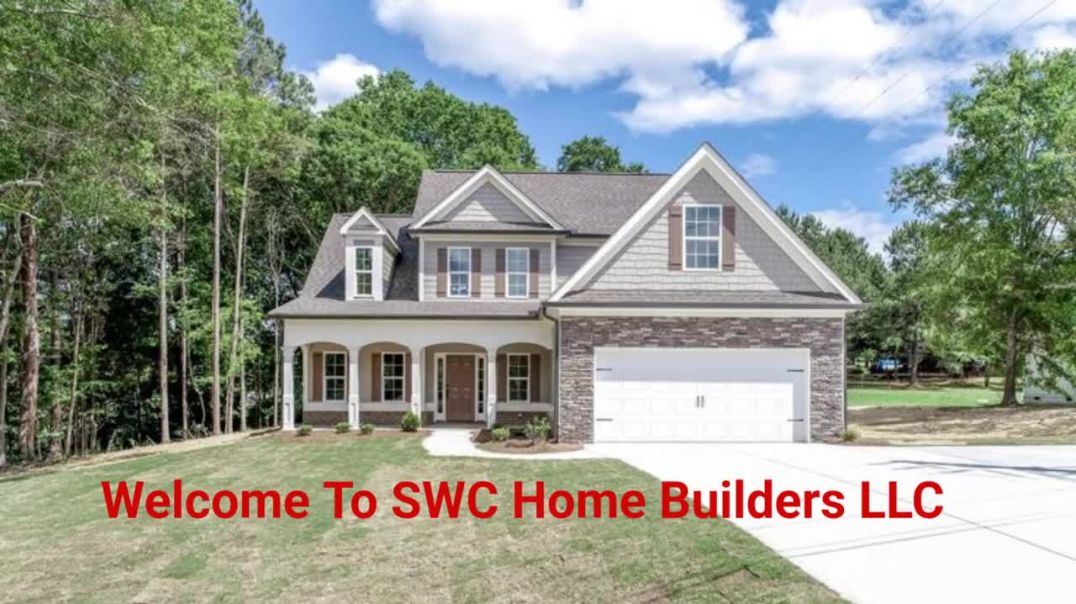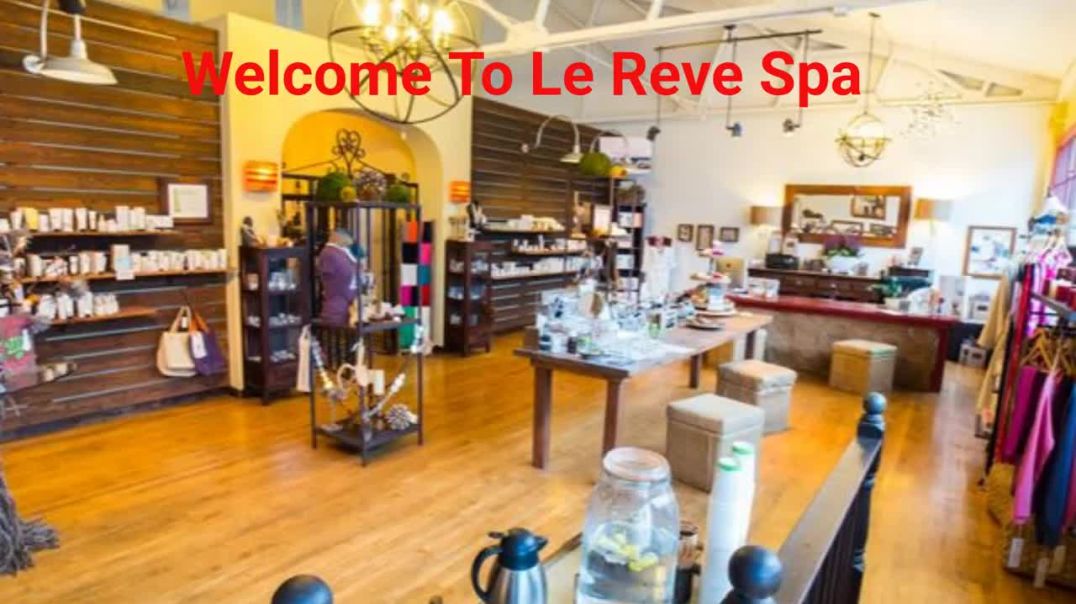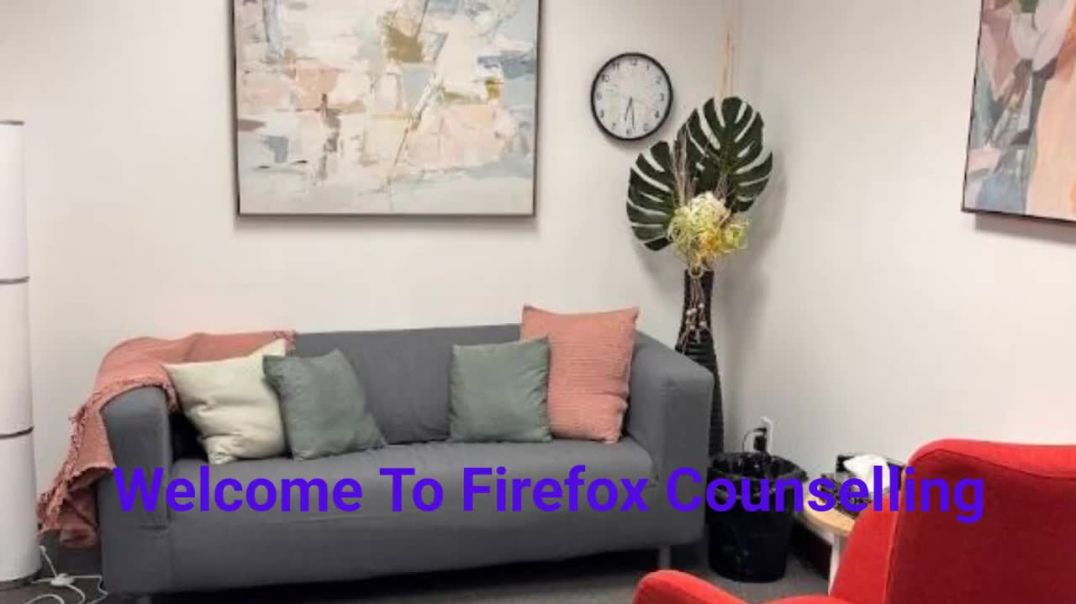The next 100 people to upload a video to NepTime will receive 25 IMT and 250 points ($5)! Just make sure to update your BNB wallet address for IMT donations on your settings page.
Barbara Hepworth 1903-1975 British Sculptor, Surrealism, Modern Sculpture
Barbara Hepworth
(1903-1975)
British Sculptor
Movements: Surrealism, Modern Sculpture
Barbara Hepworth distinguished herself as a world-recognized sculptor in a period where female artists were rare. She evolved her ideas and her work as an influential part of an ongoing conversation with many other important artists of her time, working crucially in areas of greater abstraction while creating three dimensional objects. Her development of sculptural vocabularies and ideas was complex and multi-faceted. This included the use of a wide range of physical materials for sculpting and an unprecedented sensitivity to the particular qualities of those materials in helping decide the ultimate results of her sculptures, the investigation of "absence" in sculpture as much as "presence," and deep considerations of the relationship of her sculptural forms to the larger spaces surrounding it. Though her forms in their larger outlines tended to possess the clean lines of modernist aesthetics, she complicated these with different textures, an effect described by one reviewer as "sensuous and tactile" that "quickened the pulse".
She helped shift three dimensional art works into greater abstraction as she herself moved from creating work mingling figurative forms with abstraction in her earlier sculptures to almost entirely abstract, non-representational later works.
Hepworth was a key figure among modern sculptors in responding to the physical characteristics of whichever material was chosen to work with in order to resolve appropriate forms for the finished works, rather than simply mold material to fit some pre-determined shape.
Though she developed a long series of highly abstract pieces, the greater trajectory of her work was imbued with underlying aspects of nature, which she brought out more explicitly in the sculptures of her later career. "All my sculpture comes out of landscape," she wrote in 1943. "I'm sick of sculptures in galleries & photos with flat backgrounds... no sculpture really lives until it goes back to the landscape, the trees, air & clouds."





















